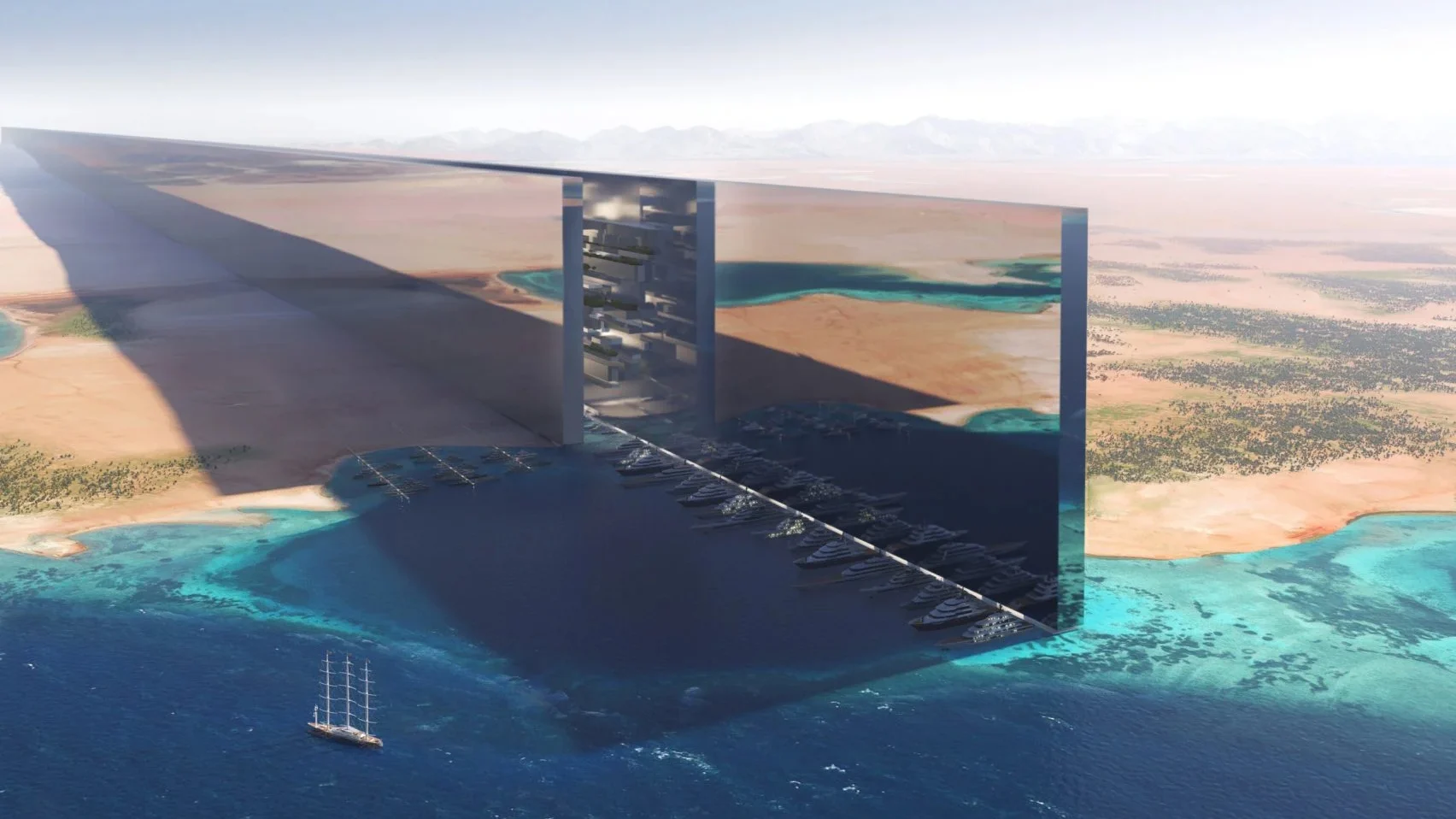Trans-Eco Airways over a Moscow Skyline
The Ecotopia 2121 Project details the super-green ecofriendly futures of 100 cities worldwide. This month, we look into the green future of Russia's aviation industry...
When the Americans decided to build a moon rocket, the Apollo/Saturn, to carry astronauts to the lunar surface, the Russians began to build one too, calling it the N1-L1. The Apollo/Saturn landed Neil Armstrong on the moon in July 1969, but Russia’s gigantic N1-L1 exploded spectacularly in the Soviet desert air as soon as it was launched.
When the French and British started up a supersonic jetliner, the Concorde, the Russians decided to build one too, the Tupolov 300, nicknamed Concordski. The British Concorde by itself made tens of thousands of flights during a thirty-five-year period. However, the first Tupolov 300 crashed in spectacular fashion at the Paris air show in 1973. An improved version later crashed during delivery to its airline company.
When the United States started building a space shuttle in the 1970s, the Russians began planning one, too. The US shuttle program completed 135 missions from 1981 to 2011, including the launching of the Hubble Space Telescope in 1990. The Russian space shuttle, named Buran, was used once on a remote-controlled flight in 1988. Fortunately, it didn’t crash or explode, but it was mothballed straightaway to a mothballed straightaway to a storage hangar just outside Moscow.
If Russia’s mimicking of the West’s aerospace projects keeps resulting in gigantic mess-ups, perhaps we should fear the reestablishment of an airship fleet in Western Europe, in case Russia copies the idea and some mighty Hindenburg-type explosion is the upshot. However, given the simplicity of the design and the abundance of Russian gas, the Russians may in fact succeed in building, by 2121, a fleet of transcontinental airships to replace their expensive and unsafe jetliners.

Moscow Skyline in 2121
They are quite slow, but most Russians are used to taking days to cross their nation anyhow, on overnight trains like the Trans-Siberian Express, so an airship that takes the same amount of time might still be commercially viable.
How might Moscow 2121 be classified as anything 'green' or 'ecotopian'? First, unlike other megacities around the world, Moscow 2121’s residents don’t have to fight over where to put new airports and where to locate noisy new flight paths. This process pits neighborhoods against each other and tends to expand cities ever outward. Second, by ridding itself of the traditional aviation industry, Moscow could save the carbon credits that jetliners would use and trade them to invest in other eco-projects in the city—cleaning up the Moscow River, for example.




















